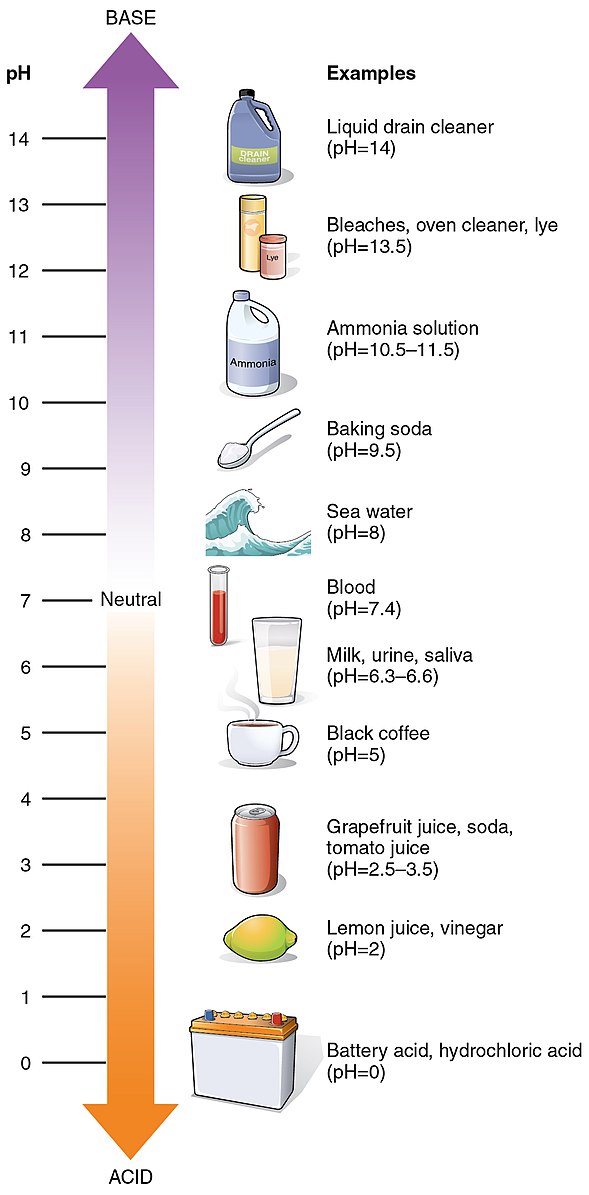The pH value of sewage water can range from acidic to basic, with fresh sewage having a pH of more than 7 (average range is 7.5-9.5) and septic sewage having a pH of less than 7 (average range is 6.5-4.5). Maintaining a neutral pH in sewage water is crucial for optimal treatment processes and to ensure the final effluent meets strict discharge quality standards.
Understanding the pH of Sewage Water
The pH of sewage water is dependent on the composition of the raw water supply, which can contain a wide variety of chemicals and compounds that influence the pH. Industrial effluent and sewage can contain chemicals such as acids or bases, which can be added during the treatment process to control pH.
Factors Affecting the pH of Sewage Water
- Raw Water Composition: The pH of the raw water supply can vary depending on the source, such as groundwater, surface water, or industrial effluent.
- Industrial Waste: Certain industrial processes can introduce acids, bases, or other chemicals into the sewage system, altering the pH.
- Biological Processes: The decomposition of organic matter by microorganisms can produce acids, leading to a decrease in pH.
- Chemical Treatments: Chemicals added during the treatment process, such as coagulants or disinfectants, can affect the pH.
Importance of Maintaining Neutral pH
Maintaining a neutral pH in sewage water is important for several reasons:
- Optimal Treatment Processes: Certain treatment processes, such as coagulation and flocculation, work best at specific pH ranges. Deviating from the optimal pH can reduce the efficiency of these processes.
- Bacterial Activity: The bacteria used to digest organic material in sewage will thrive in a neutral pH environment. If the pH is too high or too low, the bacteria may die, reducing the effectiveness of the treatment.
- Effluent Quality: Treated effluent that is too acidic can corrode pipes, leach toxic metals, and harm marine and aquatic life. Effluent that is too basic can increase water hardness and cause scale build-up and mineral deposition in pipes.
pH Adjustment in Sewage Water Treatment
 Image source: OpenStax College
Image source: OpenStax College
To maintain a neutral pH in sewage water, pH testing should be conducted at various points throughout the treatment process. This allows for adjustments to be made to ensure optimal treatment efficiency and prevent problems associated with low-quality effluent.
pH Adjustment Techniques
- Acid Addition: Acids, such as sulfuric acid or hydrochloric acid, can be added to lower the pH of the sewage water.
- Base Addition: Bases, such as sodium hydroxide or lime, can be added to increase the pH of the sewage water.
- Aeration: Introducing air into the sewage water can help remove carbon dioxide, which can lower the pH.
- Biological Processes: Certain microorganisms can be used to consume organic acids, thereby increasing the pH.
Choosing the Right pH Adjustment Method
The choice of pH adjustment method depends on several factors, including:
- The initial pH of the sewage water
- The desired pH range for the treatment process
- The availability and cost of the pH adjustment chemicals
- The potential impact on the overall treatment process and effluent quality
Monitoring and Controlling pH in Sewage Water Treatment
Continuous monitoring and control of the pH throughout the treatment process are essential to ensure optimal performance and compliance with discharge standards.
pH Monitoring Techniques
- Online pH Meters: These devices provide real-time pH measurements at various points in the treatment process, allowing for immediate adjustments.
- Periodic Sampling: Regular sampling and laboratory analysis of the sewage water can provide a more comprehensive understanding of pH fluctuations.
- Automated pH Control Systems: These systems automatically adjust the addition of pH-adjusting chemicals based on continuous pH measurements, ensuring a stable and consistent pH.
Maintaining Optimal pH Levels
The optimal pH range for sewage water treatment can vary depending on the specific treatment processes and the desired effluent quality. However, a general guideline is to maintain a pH between 6.5 and 8.5, with a target of around 7.0 (neutral).
Conclusion
The pH of sewage water plays a crucial role in its treatment and discharge. Maintaining a neutral pH is essential for optimal treatment processes, bacterial activity, and the quality of the final effluent. Regular pH testing and adjustment, using a variety of techniques, can ensure efficient treatment and prevent issues associated with low-quality effluent. By understanding and managing the pH of sewage water, wastewater treatment facilities can contribute to the protection of the environment and public health.
